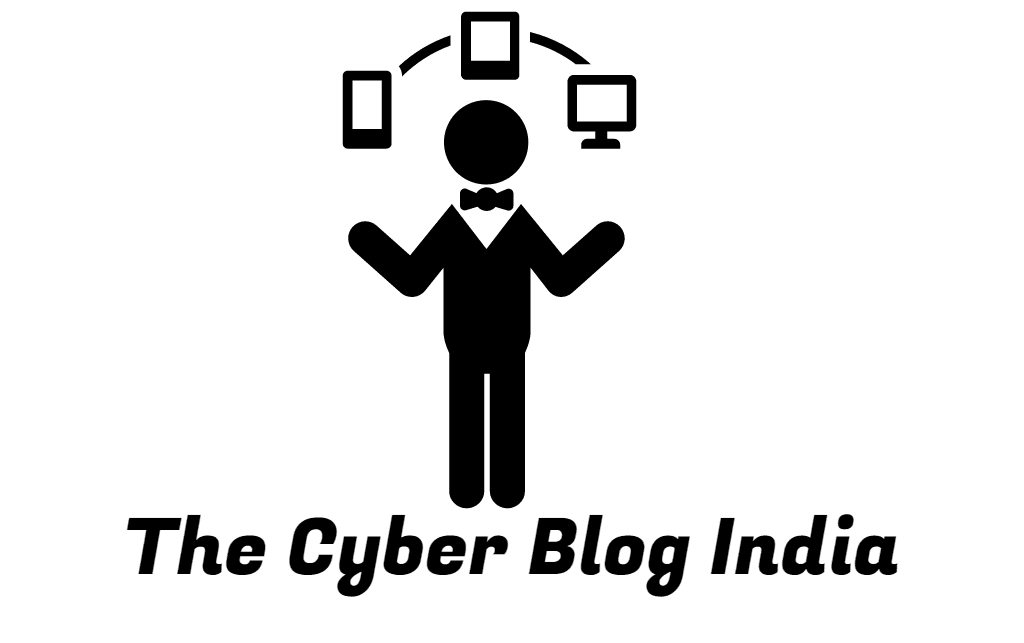Shafhi Mohammad v. State of Himachal Pradesh

Shafhi Mohammad v. State of Himachal Pradesh
(2018) 5 SCC 311
In the Supreme Court of India
SLP (Crl.) No. 2302/2017
Before Justice Adarsh Kumar Goel and Justice Rohinton Fali Nariman
Decided on April 3, 2018
Relevancy of the case: Certificate Requirement under Section 65B of the Indian Evidence Act, 1872
Statutes & Provisions Involved
- The Information Technology Act, 2000 (Section 79A)
- The Narcotic Drugs and Psychotropic Substances Act, 1985
- The Code of Criminal Procedure, 1973 (Section 54A, 164)
- The Indian Evidence Act, 1872 (Section 3, 4, 5, 6, 7, 8, 9, 62, 65A, 65B(4))
Relevant Facts of the Case
- The use of videography of the scene of a crime is the matter of consideration before the Hon’ble Court which was to be determined after noting the proceedings in the case on earlier hearings.
- It was observed that such videography will indeed help the investigation process. The importance of audio and videotape technology was emphasised as a powerful medium through which first-hand information can be gathered and can be a piece of crucial evidence.
- It was also pointed out that the provisos to Section 54A and 164 of Code of Criminal procedure, 1973 provide for videography of identification process and confessional statement respectively and suggestions were made to adopt measures so that the dying declarations and post-mortems can also be recorded in videos.
- It was observed in one of the previous hearings that such evidence should always be treated cautiously and assessment should be made keeping in mind the circumstances of each case. Electronic evidence was held to be admissible, subject to the safeguards adopted by the court about the authenticity of the same.
- New techniques and devices are susceptible to tampering and hence no exhaustive rule could be laid down by which the admissibility of such pieces of evidence may be judged. The standard of proof of its authenticity and accuracy has to be more stringent than other documentary evidence.
- Hence, the main issue was the interpretation of Section 65B (4) of the Indian Evidence Act, 1872 with regard to the admissibility of the electronic evidence.
Opinion of the Bench
- The legal position on the subject of the admissibility of the electronic evidence, especially by a party who is not in possession of device from which the document is produced is that such party cannot be required to produce certificate under Section 65B of the Indian Evidence Act, 1872.
- The applicability of requirement of certificate being procedural can be relaxed by Court wherever interest of justice so justifies.
Final Decision
- The Centrally Driven Plan of Action prepared by the Committee of Experts and the timeline mentioned were approved.
- A Central Oversight Body (COB) to be set up by the Ministry of Home Affairs which will be responsible for further planning and implementation of the use of videography in the investigation and will issue directions to ensure that the use of videography becomes a reality in a phased manner. It must be introduced at least at some places as per viability and priority.
- The funding for the project may be initiated by the Centre though law and order is a state subject.
- CCTV cameras to be installed in all police stations and prisons to check human rights abuse. The COB shall issue directions with regard to the creation of independent committee (to study CCTV footages) and compile information as to the compliance of such instructions within 3 months and give the report to the court. Compliance of instructions would be ensured by the Secretary, Ministry of Home Affairs in the Central Government as well as Home secretaries of all State Governments.
To read this case summary in Hindi, click here. | इस केस सारांश को हिंदी में पढ़ने के लिए यहाँ क्लिक करें।
